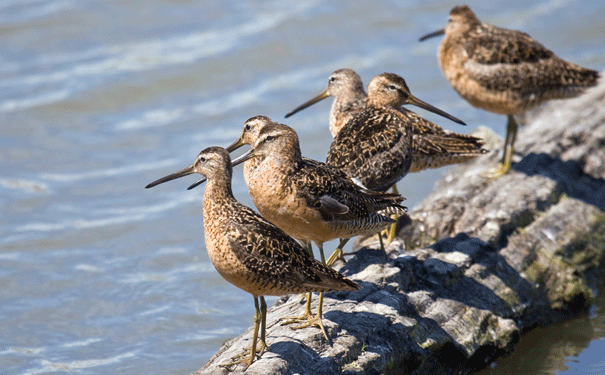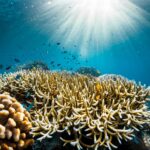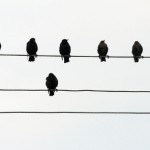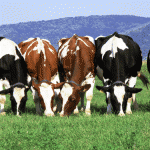
Pectorarl andpipers, some of the visitors to Teshekpuk Lake. Image: Shutterstock
Nature is putting a lot of eggs in a very cold basket.
Wildlife Conservation Society (WCS) researchers have been summering in the Arctic Teshekpuk Lake region in Alaska, along with a large number of migratory birds. The feathered visitors include the long billed dowitchers from Mexico, long tailed ducks from New England and pectoral sandpipers from South America.
In this area, the birds build nests, mate, lay eggs and hatch their chicks. WCS conservation zoologist Steve Zack said in the press release “Teshekpuk Lake is in the middle of the world’s biggest Arctic wetland, and thus at the heart of an international migration of shorebirds, waterfowl, loons, and songbirds that nest in this highly productive region during the short summer.”
“This is the first study to investigate breeding bird densities and measure how well birds are able to produce young in this remote and important region near Teshekpuk Lake,” said WCS’s Joe Liebezeit, the study’s lead author, in the press release. “We found that the density of nesting birds was markedly higher compared to many other sites in Arctic Alaska.”
WCS researchers also monitored nests in the Prudhoe Bay region, 150 miles to the east. They found that fewer chicks survive when they share their nesting sites with energy development activities.
The Teshekpuk Lake area got lucky last summer when the Bureau of Land Management withdrew considerations for allowing gas and oil extraction in the region for the next decade. The region also hosts approximately 70,000 caribou that come to breed every summer, as well as tens of thousands of geese that travel there to moult during the warmer months.






